What are tourbillon watches and are they really worth US$250,000 or more? Timepiece complications explained
Are Tourbillon watches really worth millions of dollars? Read by Daniel Langer says yes and what luxury brands can learn from that. Photo: @wristreview/Instagram
By Daniel Langer, CEO of Équité in South China Morning Post
The world’s most expensive watches have a mysterious feature.
When you look at some of the most expensive watches ever sold, there is a detail that seems to be ubiquitous within that group. Inspect most of those watches, like the Franck Muller Aeternitas Mega 4, and you will find a feature that makes the heartbeat of a real watch enthusiast beat at least 50 to 80 pulses higher than usual. That function is one of the most mysterious inventions ever. And maybe one of the most useless ones.
Let me explain. High-end mechanical watches are some of the most complicated machines ever imagined. The more functions a master watchmaker can cramp into a small case, the more complicated it gets. Thus, the watch world speaks about complications.
The power of complications
There are useful and relatively common complications, like the date function. While displaying the date sounds like a simple task, it is all but trivial. Unfortunately, our calendars sometimes have 30 days in a month, and sometimes 31. As if this was not enough, one month has 28, and, every four years, 29. Simple counting does not do the trick. Therefore, some ingenious watchmakers invented the annual calendar, that takes these fluctuations of the length of a month into consideration.
A watch that masters this nicely is the Patek Philippe Nautilus Annual Calendar Ref 5726A – which retails around US$50,000. Except for February, where the owner needs to adjust the calendar manually. To do the trick (including some other complications like a moon phase display), the watch needs 34 jewels and a total of 347 parts in its movement, much more than an ordinary wristwatch. In other words: in terms of mechanical watchmaking, this already is a very complicated task. There is a correlation between complication and price.
If you want the convenience of not having to adjust the date manually in February painfully, Patek and other high-end watchmakers offer a solution, so-called perpetual calendars. For example, The Royal Oak Perpetual Calendar Ref. 26574 in 18-carat yellow gold is a little shy of US$100,000. For the convenience of not having to correct the calendar once a year, customers pay almost double.
Welcome to the elusive world of luxury. In most “normal” product categories, one would argue that the inability of a function to be performed seamlessly and repeatedly would be a product failure and, hence, a brand would have to correct it. In luxury, the first correction, not having to adjust the date in a month that has 30 days, is a sought after “complication” worth a premium; and the second correction, displaying February right, doubles the price again. This is remarkable. And it shows that in luxury, the rules are different. To “correct” a shortcoming, consumers pay (dramatically) more, although the practical utility is limited.

